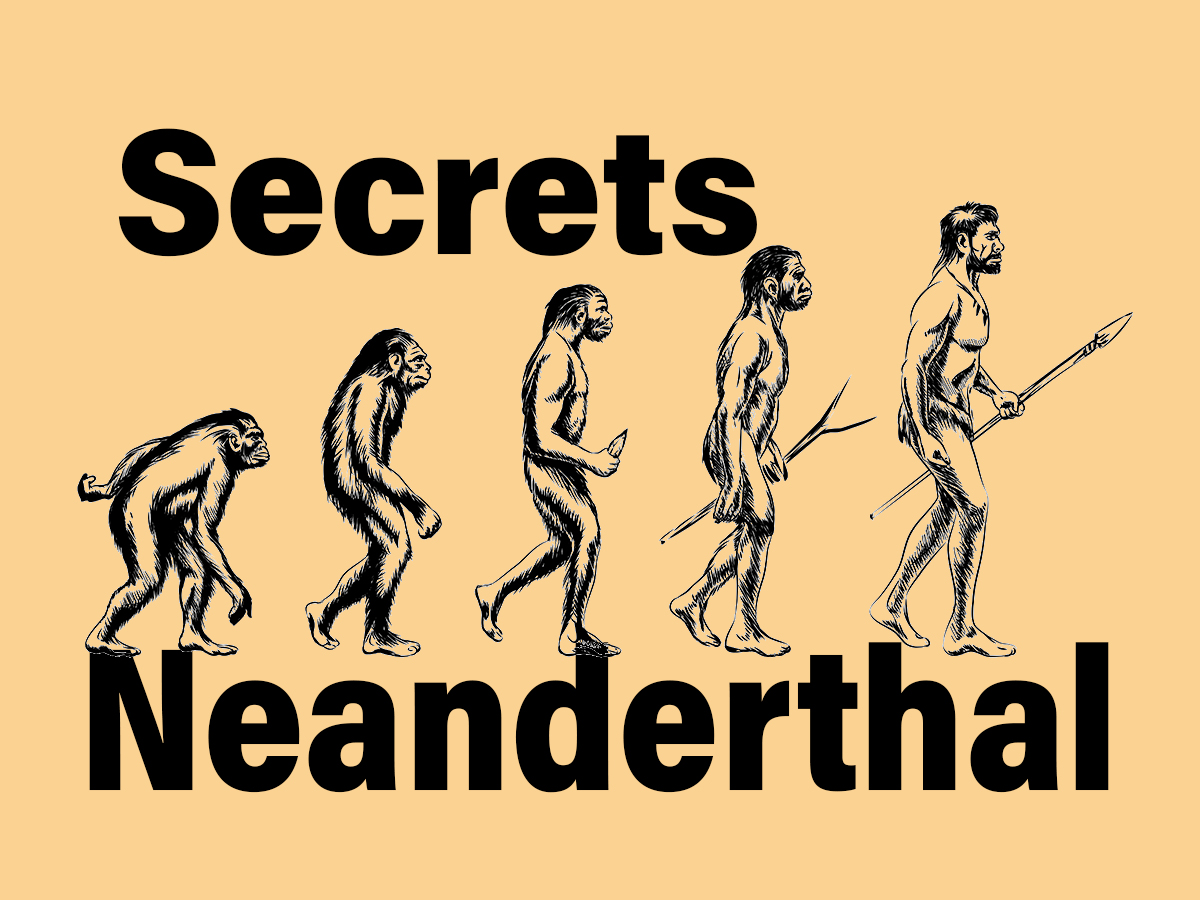Introduction to Neanderthals:
Provide a basic definition of Neanderthals as an extinct species of humanoids that lived during the Pleistocene epoch, about 400,000 to 40,000 years ago.
Mention that Neanderthals are our closest extinct human relatives, sharing a common ancestor with Homo sapiens.
Physical Characteristics:
Highlight some important physical characteristics of Neanderthals, such as their robust build, distinctive skull shape, and adaptation to cold environments.
Discuss the regions where Neanderthals were known to live, including Europe and parts of Asia and the Middle East.
Cultural aspects:
Briefly touch on aspects of Neanderthal culture, such as their use of tools, evidence of the use of fire, and burial practices.
Mention any notable archaeological finds that have provided insight into Neanderthal behavior and lifestyle.
Communication and Language:
Introduces the topic of Neanderthal communication and language, explaining that although they did not have a fully developed language like modern humans, they did have some form of communication.
Social Structure:
Discuss current theories about Neanderthal social structure, whether they lived in small family groups or had more complex social organizations.
Mention any evidence of cooperation and community living among Neanderthals.
Interactions with Homo sapiens:
Briefly touch on the interaction between Neanderthals and Homo sapiens, including possible interbreeding and the eventual extinction of Neanderthals.

Overview of Neanderthal Communication:
Let’s begin by emphasizing the importance of communication in any society, including Neanderthals.
introduce the idea that Neanderthals used a combination of vocalizations, body language, and possibly symbolic signals.
The challenge of understanding grunts:
Discuss the limitations and challenges researchers face when trying to understand Neanderthal communication, especially given the lack of written records.
Highlight the reliance on archaeological evidence, anatomical studies, and comparisons with modern primates to determine aspects of Neanderthal vocalization.
Sounds Conveying Feelings and Meanings:
Explore the idea that grunts, as well as other vocalizations, were likely used by Neanderthals to convey a variety of emotions and convey meaning.
Provide examples or hypotheses regarding specific situations where grunts may have been used, such as during hunting, during social interactions, or in response to environmental stimuli.
Comparison with modern human communication:
Draw parallels, highlighting similarities and differences between aspects of Neanderthal communication and modern human communication.
Discuss the evolution of language in Homo sapiens and how it may have differed from Neanderthals.
Evidence from fossil vocal tracts:
If relevant research exists, discuss any research related to the reconstruction of the Neanderthal vocal tract based on fossil remains. This can provide information about the potential range and complexity of their vocalizations.
Cultural Significance of Grunts:
Explore the cultural significance of grunts within the Neanderthal community. Discuss how these vocalizations played a role in strengthening social bonds, establishing hierarchies, or coordinating group activities.
Role of non-verbal cues:
Expand the discussion to include nonverbal communication, such as facial expressions, body language, and possibly symbolic gestures.
Explore how these nonverbal signals supplemented or enriched the Neanderthal communication system.
